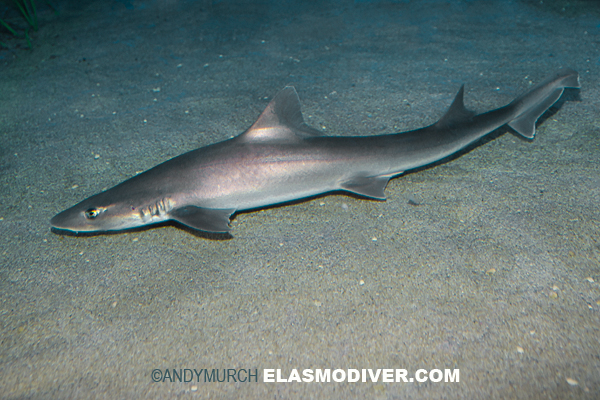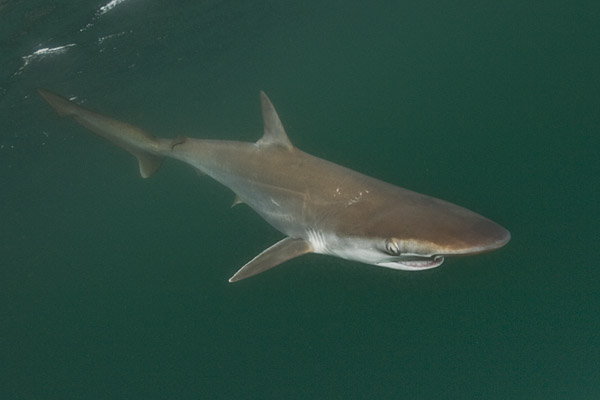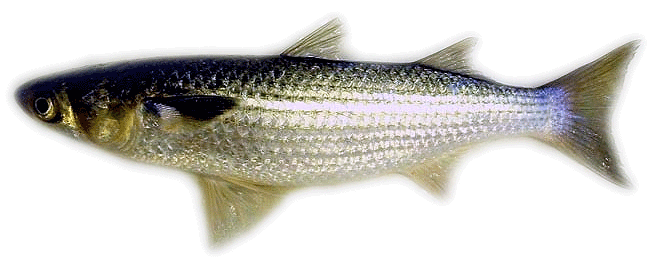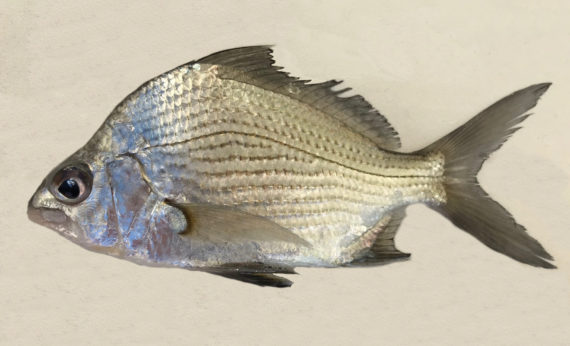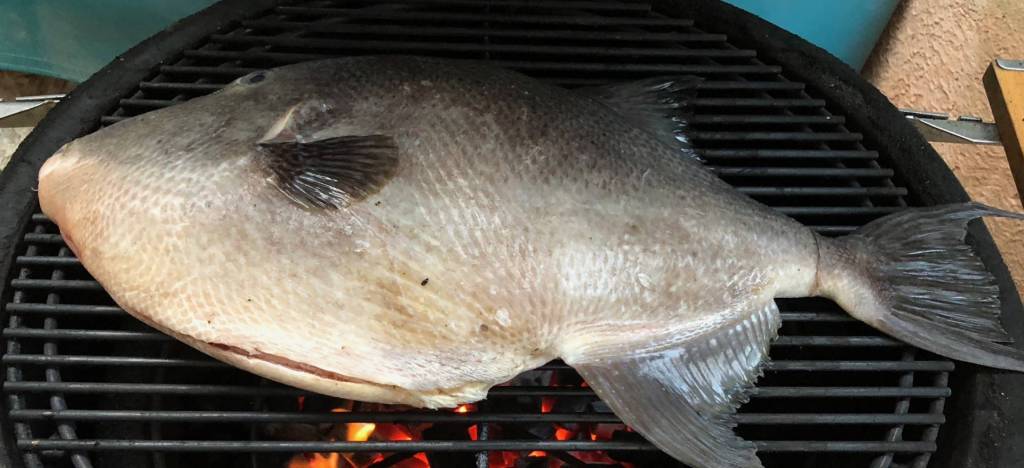Roberto
Guest
Two ancient middens of fish remains have been identified and explored by Gifford in 1940's. Follett, in 1957 examined this collection of remains and reported on the probable species the remains came from. The assumption being fishes harvested by the aboriginal residents of Sonora. Now I am confident that at least Joe will be interested in this report and maybe can identify the more obscure names used to identify the fishes. Maybe Moore will come out of hiding. I for one, am going to try to find the middens. Maybe Kenny knows where the Cholla site is. There is more to do in Penasco than consume Tequila.
Based on the remains Follet reports the following among others:
Triakididae - Smoothhounds . Sicklefin Smoothhound, Vernacular name "tiberon Mamon" Sold in fish markets. Caught from shore off rocky points.
Carcharhinidae - Requiem Sharks. pacific sharpnose Shark, venacular "Puro" or cigar.
Serranidae - Basses. Gulf Grouper "baya". Reported to be found in bays and sheltered waters not about rocks.
Mulgilidae - Mullets. "Lisa" Usually taken with spear by native fishermen.
Sparidae - Porgies. "mojarron chino" or 'mojarra garabata" Important fish food.
Sciaenidae - Croakers. " Orange mouth corvina" Caught from the beach or close to shore.
Totuava , totoaba . Abundant along the eastern shore of the gulf. Up to at least 225 pounds. Not shy, goes into shallow waters and is easily speared. when one is speared or hooked others gather around in curiosity!
Girellidae - Nibbblers. "Gulf Opaleye" Found around rocky areas.Edible, not esteemed. .
Balistidae - Triggerfish. "Pez Puerco" Hook and line. Important Food fish in57.
The species reported is based on the presence of bones found in ancient fishing camps. The other information from visiting the sites in 1957. I did omit a report of a child in a scant fishin outfit spotted in Cholla. Now, if you desire, you can discuss or disagree with the names or where they are often caught. Or you can object to my writing style. This information taken from:
TRANSACTIONS OF the San Diego Society of Natural History, Vol. XII, No. 14,pp 279-286 July 12, 1957
Get your copy today !!
Based on the remains Follet reports the following among others:
Triakididae - Smoothhounds . Sicklefin Smoothhound, Vernacular name "tiberon Mamon" Sold in fish markets. Caught from shore off rocky points.
Carcharhinidae - Requiem Sharks. pacific sharpnose Shark, venacular "Puro" or cigar.
Serranidae - Basses. Gulf Grouper "baya". Reported to be found in bays and sheltered waters not about rocks.
Mulgilidae - Mullets. "Lisa" Usually taken with spear by native fishermen.
Sparidae - Porgies. "mojarron chino" or 'mojarra garabata" Important fish food.
Sciaenidae - Croakers. " Orange mouth corvina" Caught from the beach or close to shore.
Totuava , totoaba . Abundant along the eastern shore of the gulf. Up to at least 225 pounds. Not shy, goes into shallow waters and is easily speared. when one is speared or hooked others gather around in curiosity!
Girellidae - Nibbblers. "Gulf Opaleye" Found around rocky areas.Edible, not esteemed. .
Balistidae - Triggerfish. "Pez Puerco" Hook and line. Important Food fish in57.
The species reported is based on the presence of bones found in ancient fishing camps. The other information from visiting the sites in 1957. I did omit a report of a child in a scant fishin outfit spotted in Cholla. Now, if you desire, you can discuss or disagree with the names or where they are often caught. Or you can object to my writing style. This information taken from:
TRANSACTIONS OF the San Diego Society of Natural History, Vol. XII, No. 14,pp 279-286 July 12, 1957
Get your copy today !!

